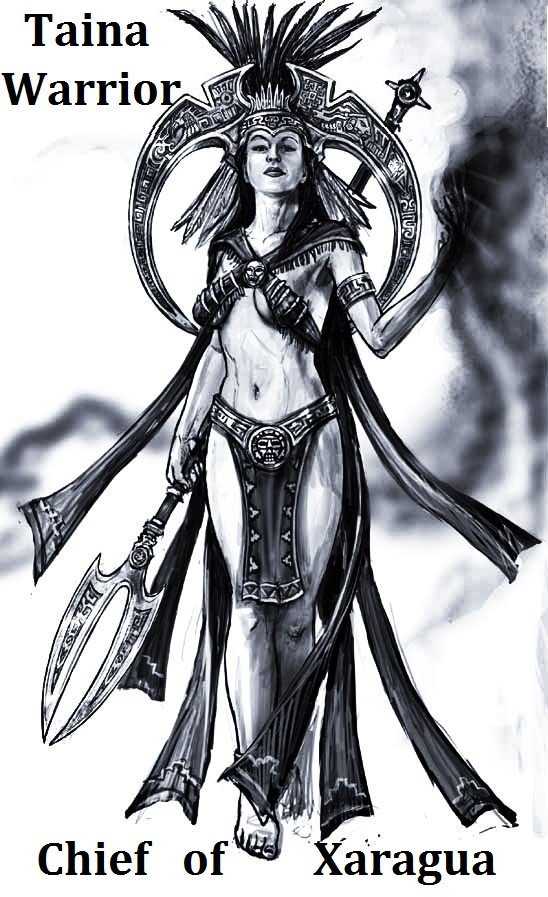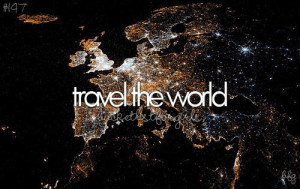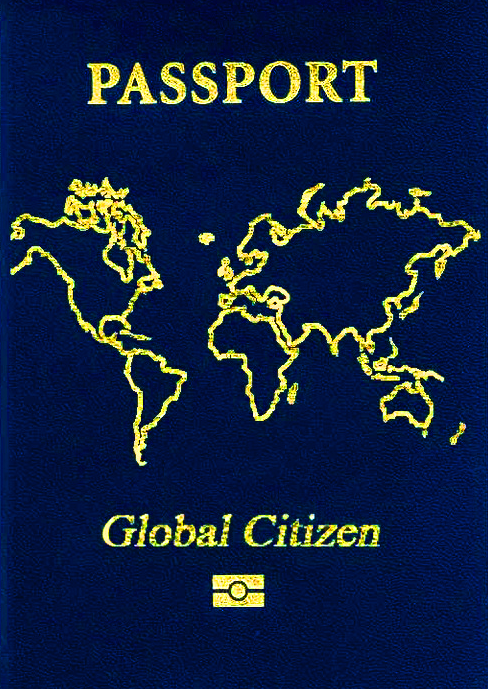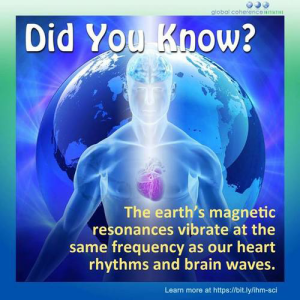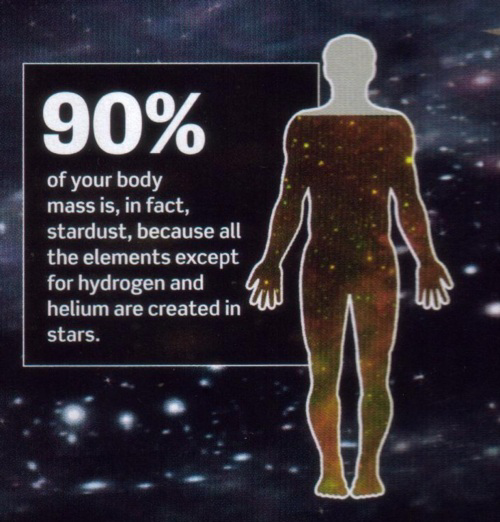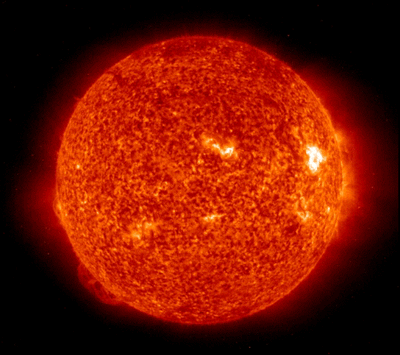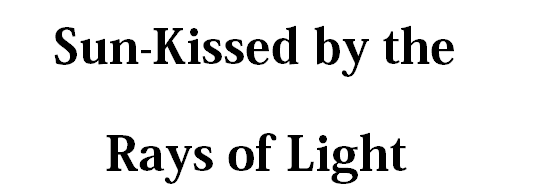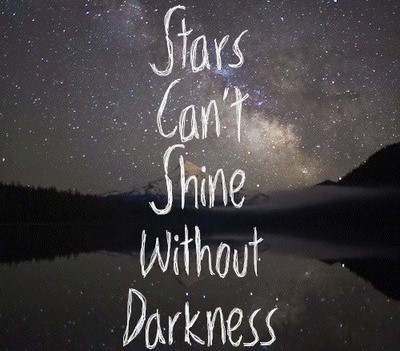Have fun searching for it on Google Earth!
Located at 20 ° 26 ‘.8.15 “S latitude and 57 ° 39’2. 60” E longitude these pyramids fascinate! What is immediately striking is that the stones are washed and arranged exactly as in Tenerife, ( Canary Islands) in other words, without mortar.
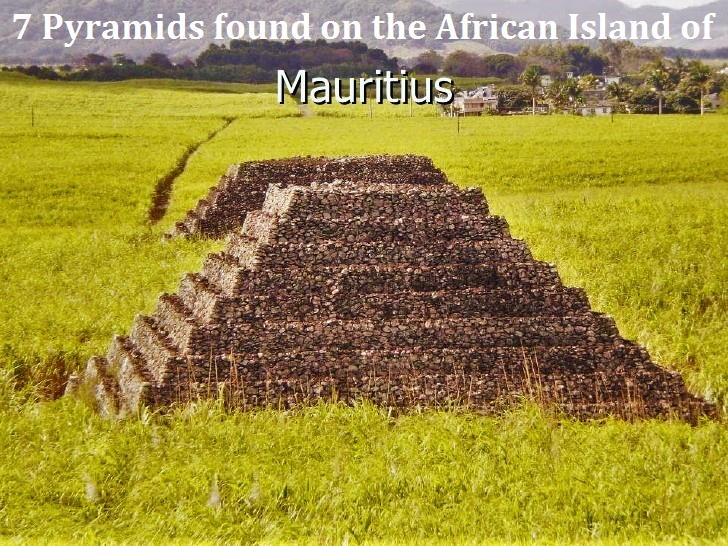
Like the pyramids of Tenerife, the rocks have edges of angle, showing that they were cut and placed carefully.
The Indian Ocean is the world’s third largest ocean, after the Pacific Ocean and the Atlantic Ocean. The Indian Ocean is dominated by India, after which it is named. To the west are the countries of Africa and the Middle East, from Madagascar up to Iran; and to the north of the Indian Ocean are the countries of southern Asia and southeast Asia and Australia are to the east. South of the Indian Ocean is the Southern Ocean, surrounding Antarctica.
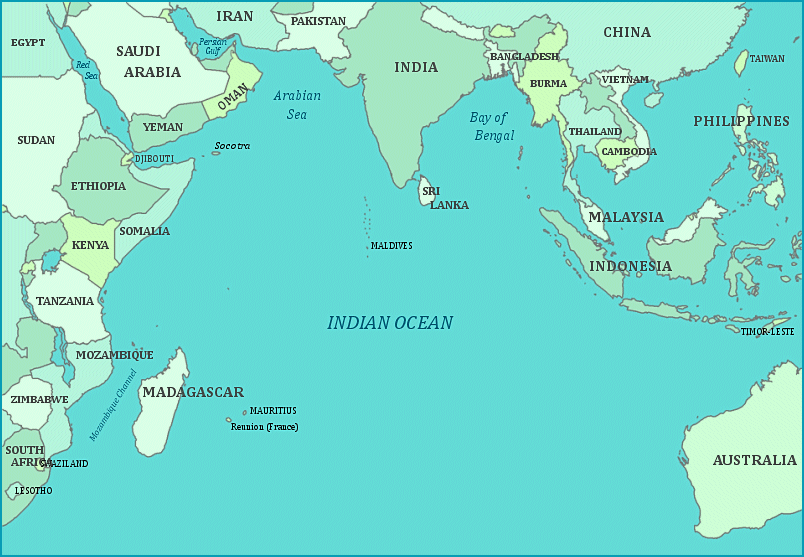
Although similar, oddly enough this is located in the Indian Ocean region, the southern east part off the African continent.
The Indian Ocean is calmer than the Atlantic or the the Pacific Ocean (in spite of its name), and there was early trade crossing it. The reversing monsoon winds meant that a reliable crossing could be made at certain times of the year, and a return trip in the opposite direction at another time of the year. Zheng He (Cheng Ho) sailed from China around 1405 with a fleet of ships to Somalia and the Middle East, bringing back to China such exotic items as a giraffe. While it is probable that no one had made the entire trip before, Zheng He followed established routes for parts of his seven voyages.
Ancient burial structures of former Kings from Qa’ableh, Somali, Africa
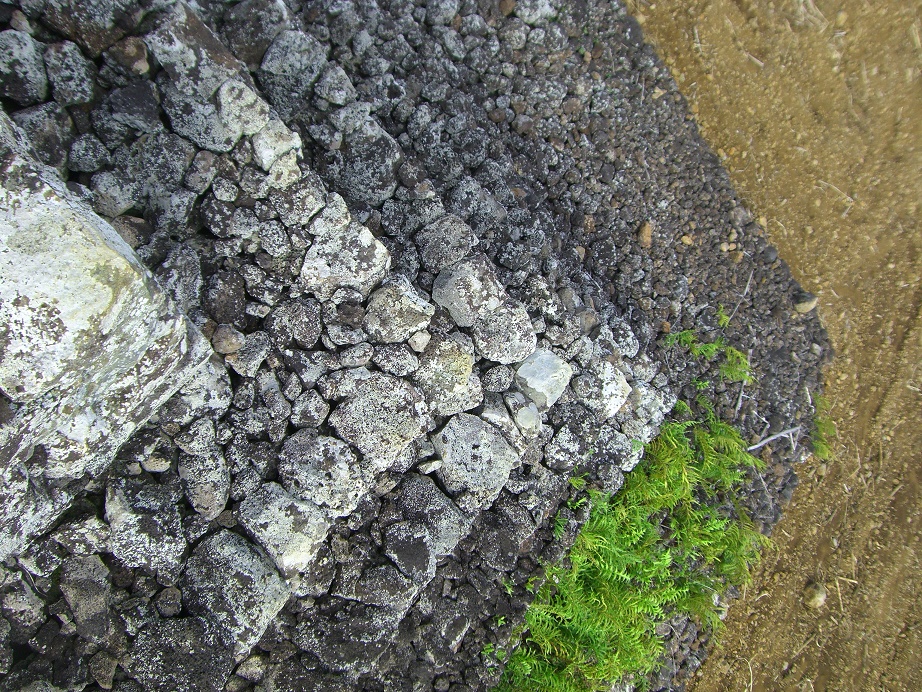
The largest structure will be called for the purpose of identifying a pyramid, is 15 meters high and has 13 decks. It is also the only one to have steps to the top. The second has 11 terraces, as the third.
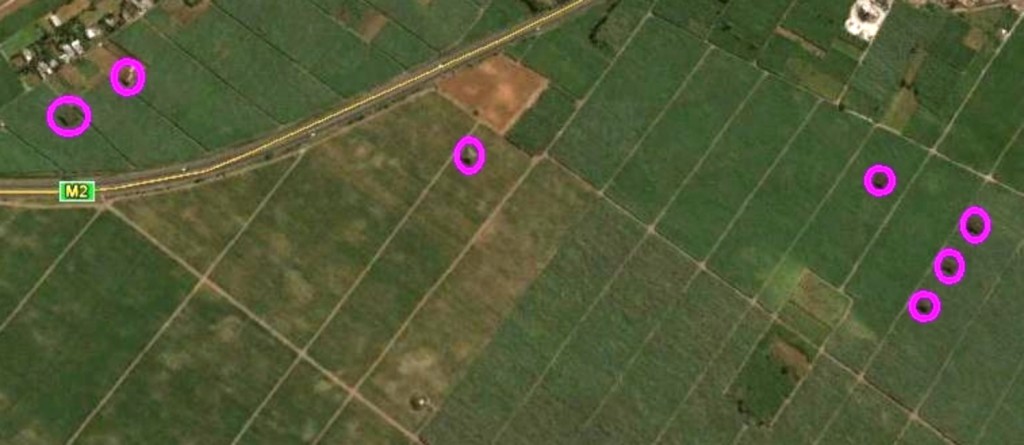
According to our observations, the first three are aligned. The fourth has a flat roof, while the fifth has the same number of steps that the second and third. The ‘pyramid’ Number 6 has six steps and is somewhat damaged, while the seventh has seven steps.
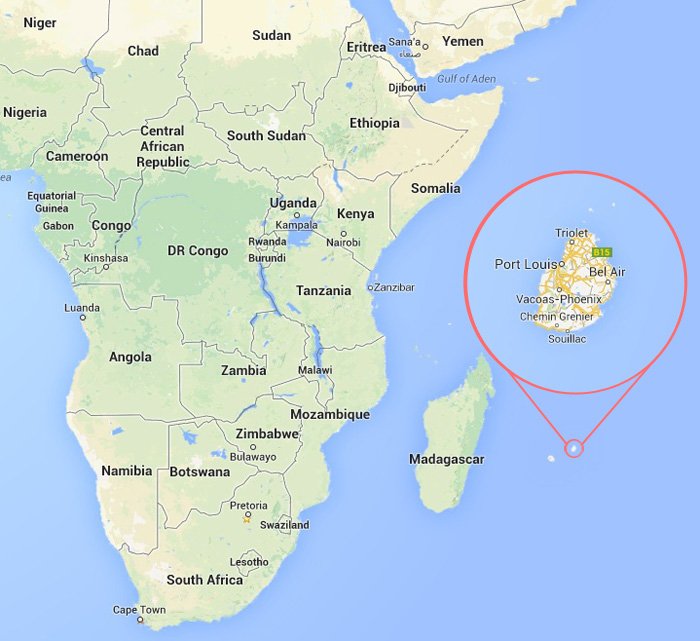
African Island of Mauritius
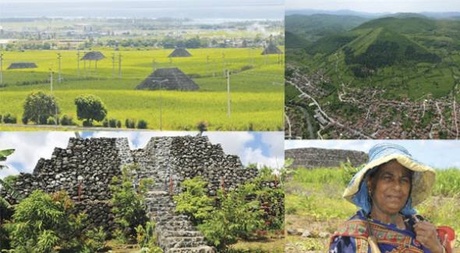
All the pyramids were built in the same way: the larger stones have been placed on the edges and smaller towards the inside so as to favor the stability of the monument. Some of these pyramids with their flat upper decks could probably be used for astronomical observations, or even “probably a solar cult” as Antoine Gigal explains on its website. On the other hand, Sam Osmanagich says the seven structures have been built by man from volcanic rocks.
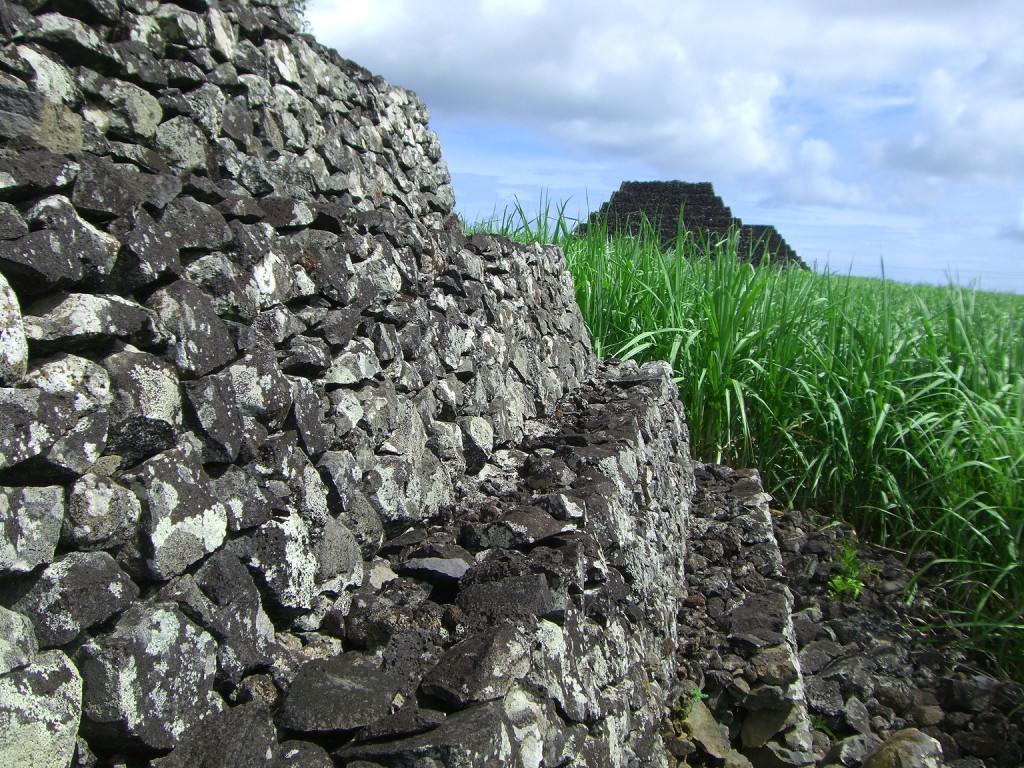
He added that such construction would have required 30 000 tonnes of rock and the participation of 100 men for a period of 5 years .
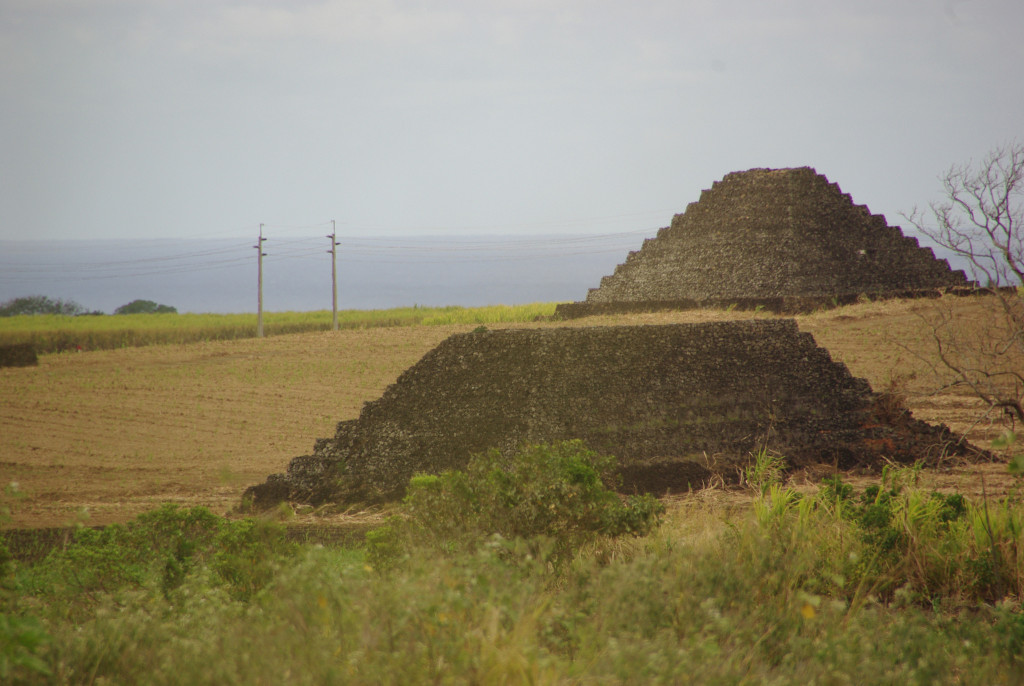
Different sources, links and theories on the 7 Pyramids found on the African Island of Mauritius
business.mega.mu/2012/01/30/mauritius-could-have-pyramids
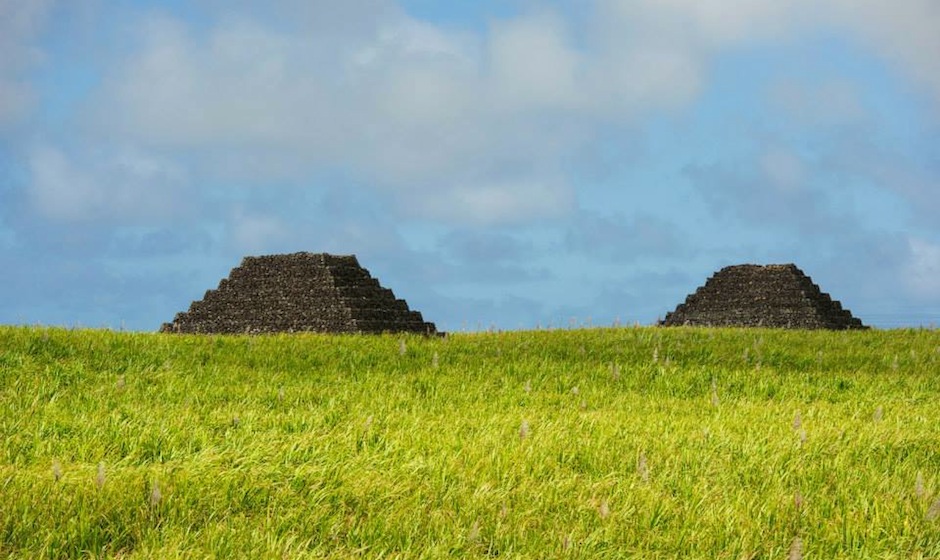
gigalresearch.com/uk/pyramides-maurice
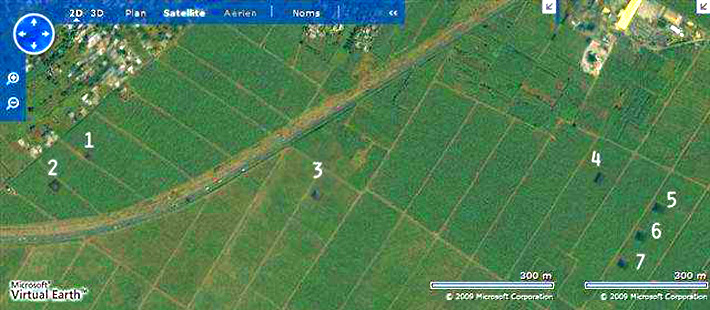
www.gigalresearch.com/uk/complexe-ile-maurice
I posted this video below so you can have some perspective on how it looks like from the ground.
Some people have their own theories on this subject matter. To each his own belief. – Sola








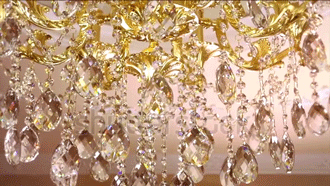




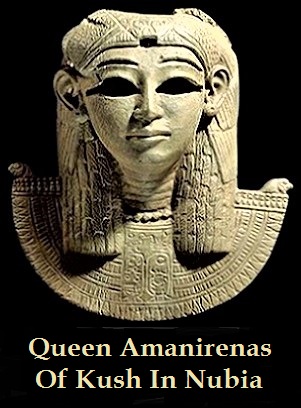
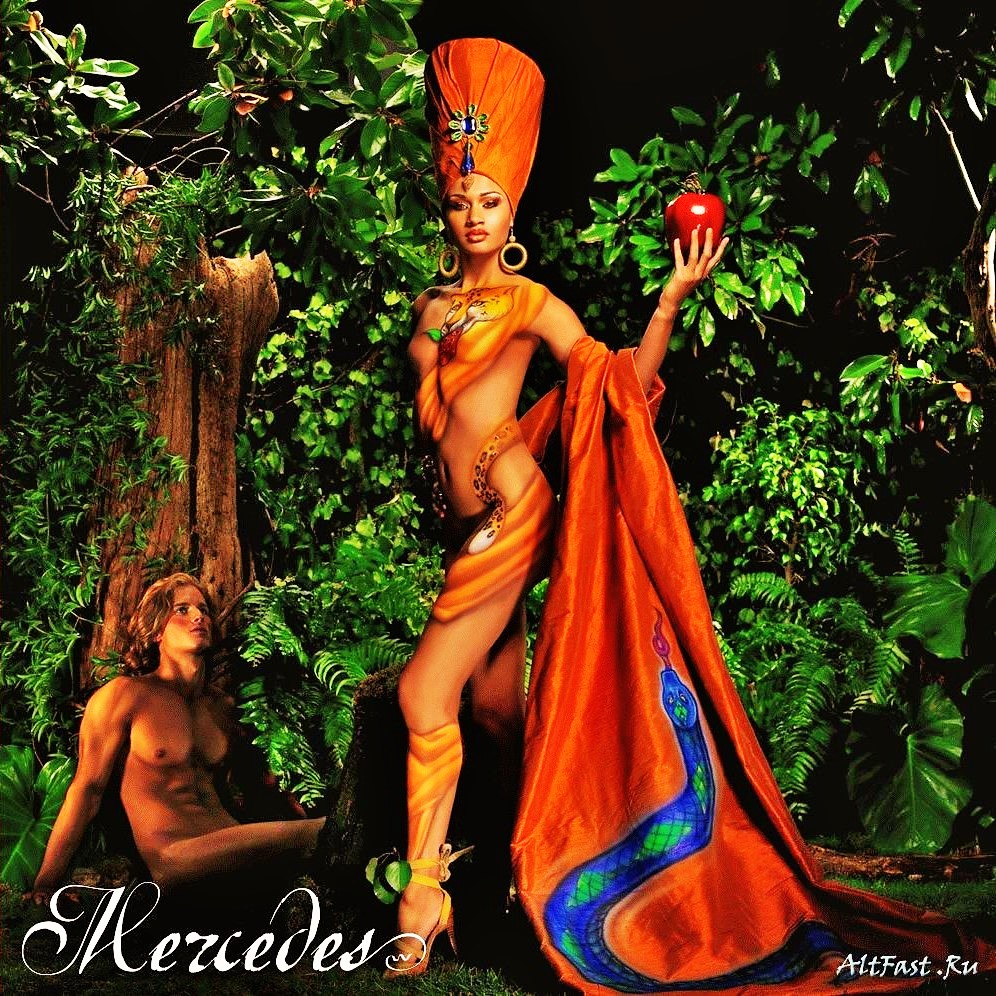

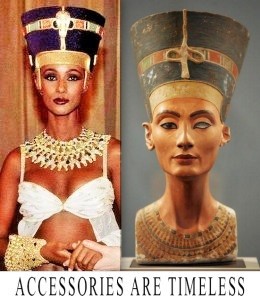
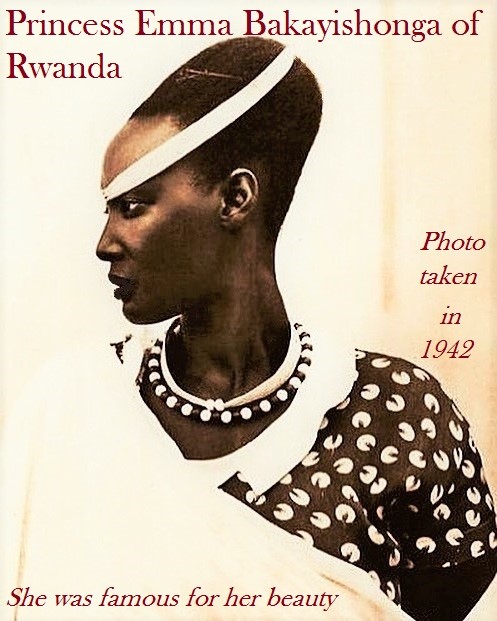

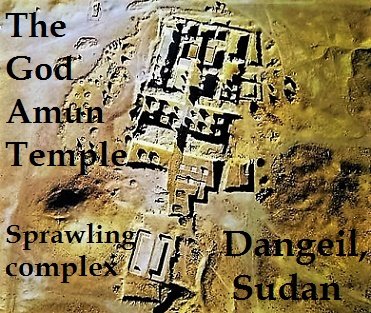
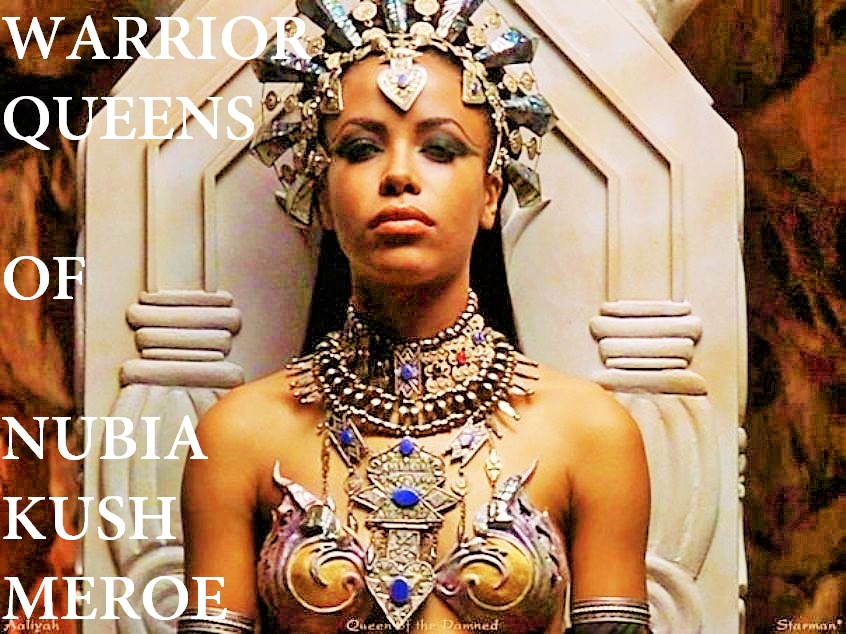
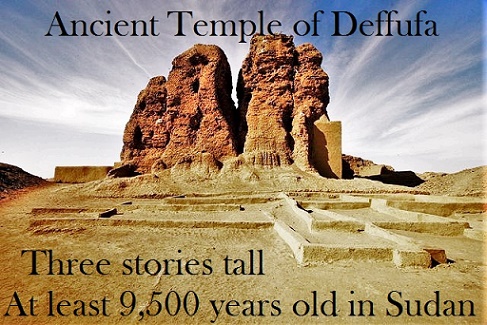
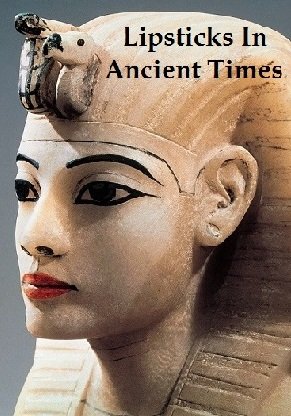

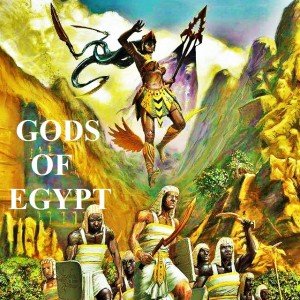


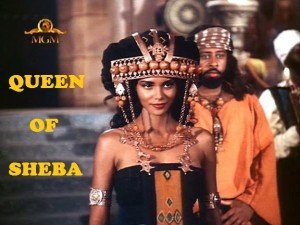
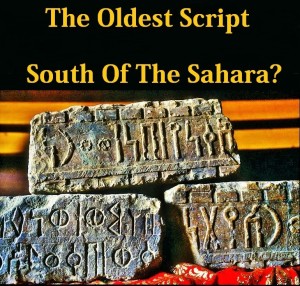

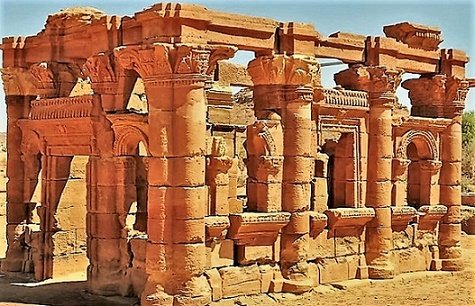
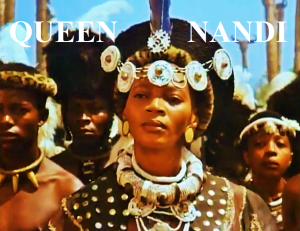
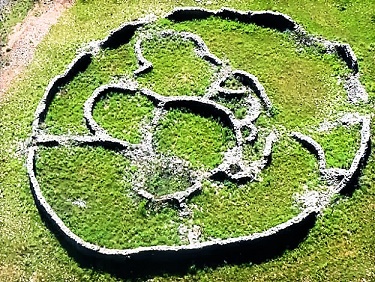
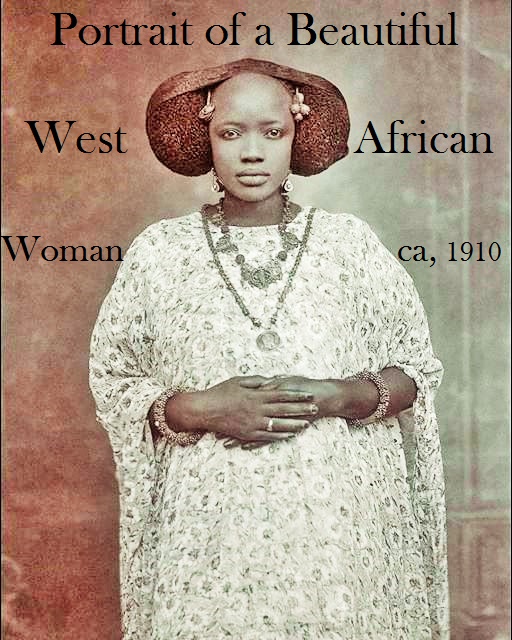
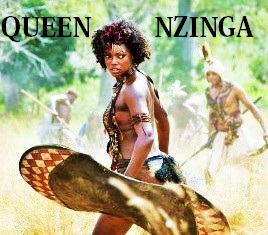


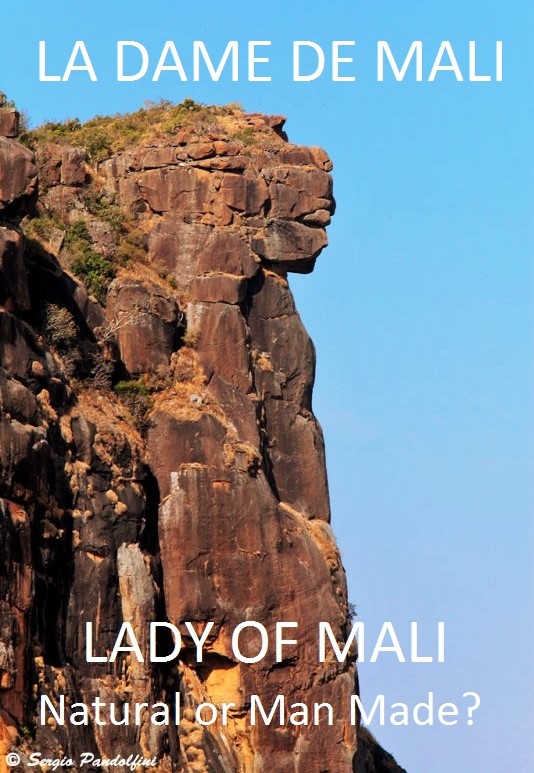
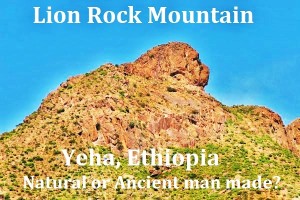

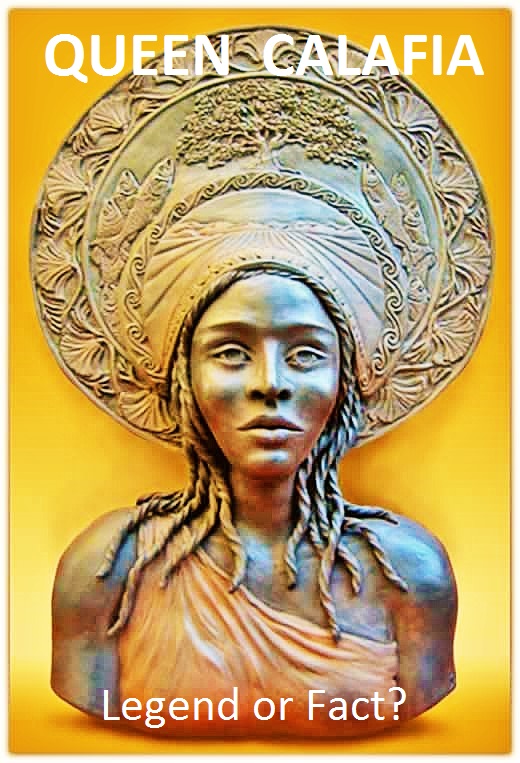
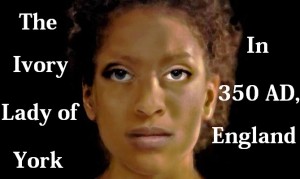






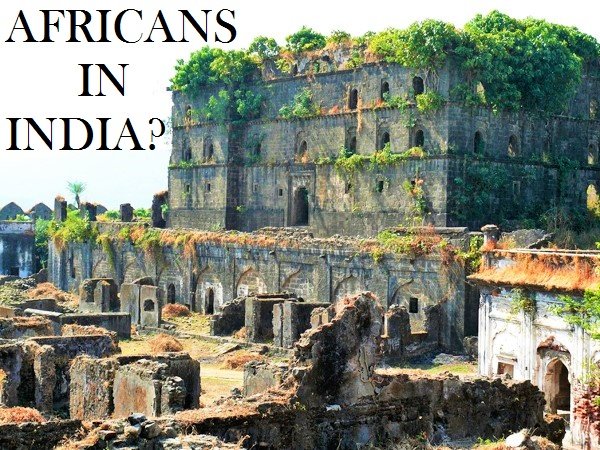

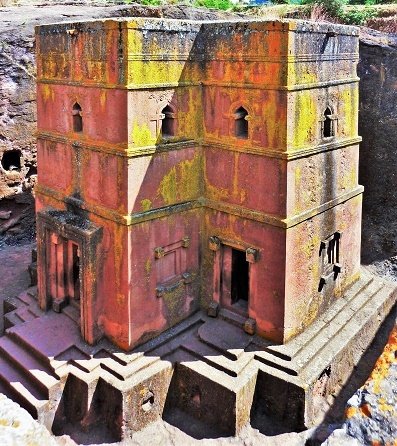
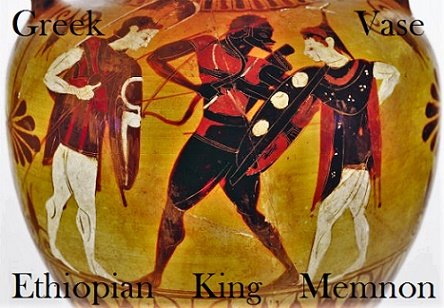
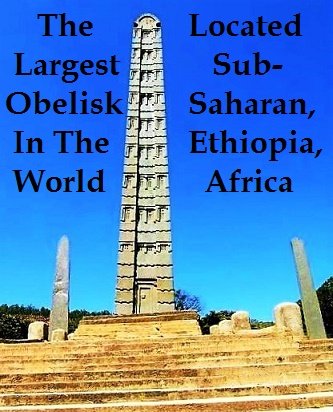
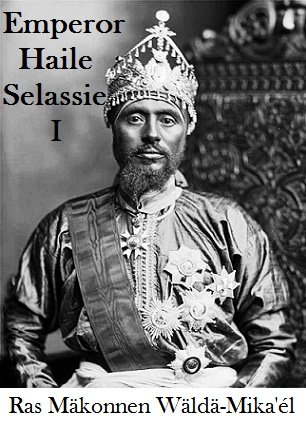
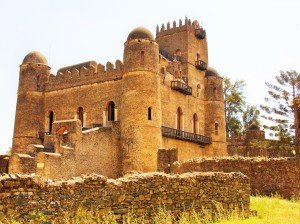
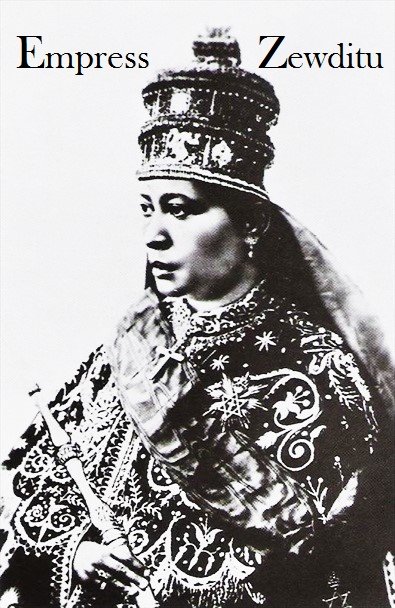

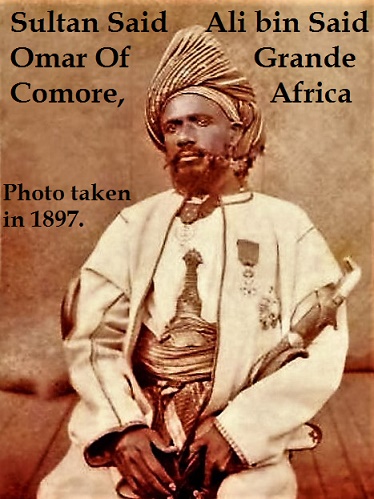
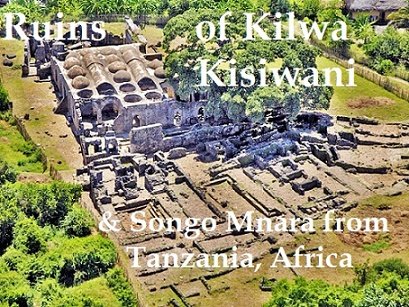
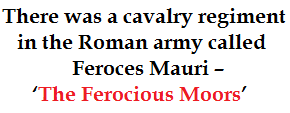





 Take care of your body, it's the only
Take care of your body, it's the only



